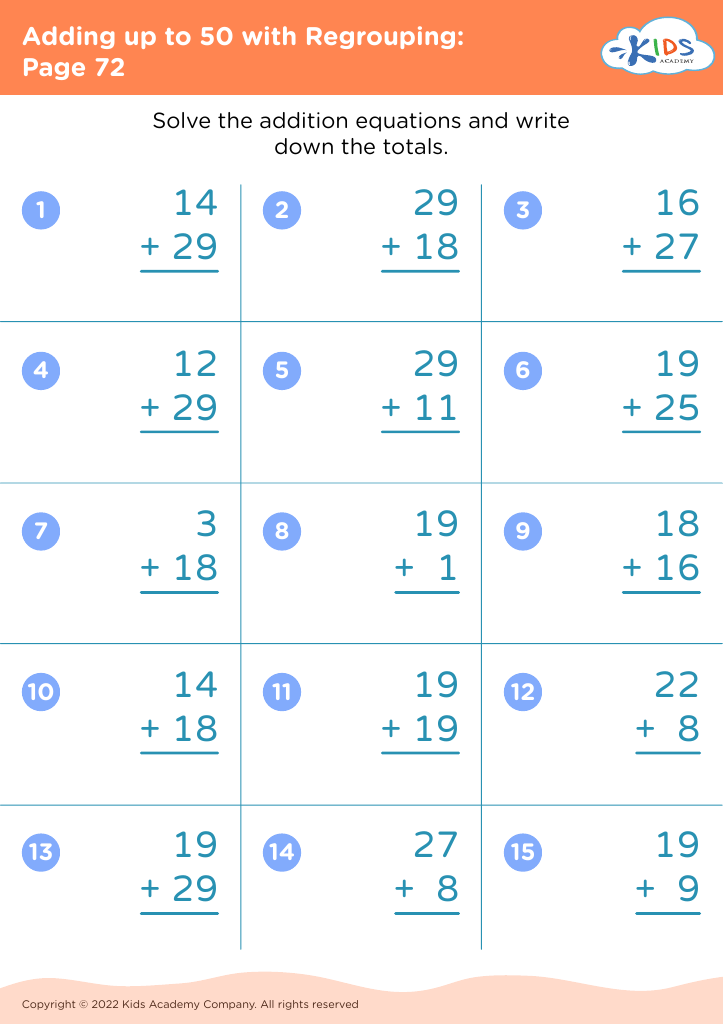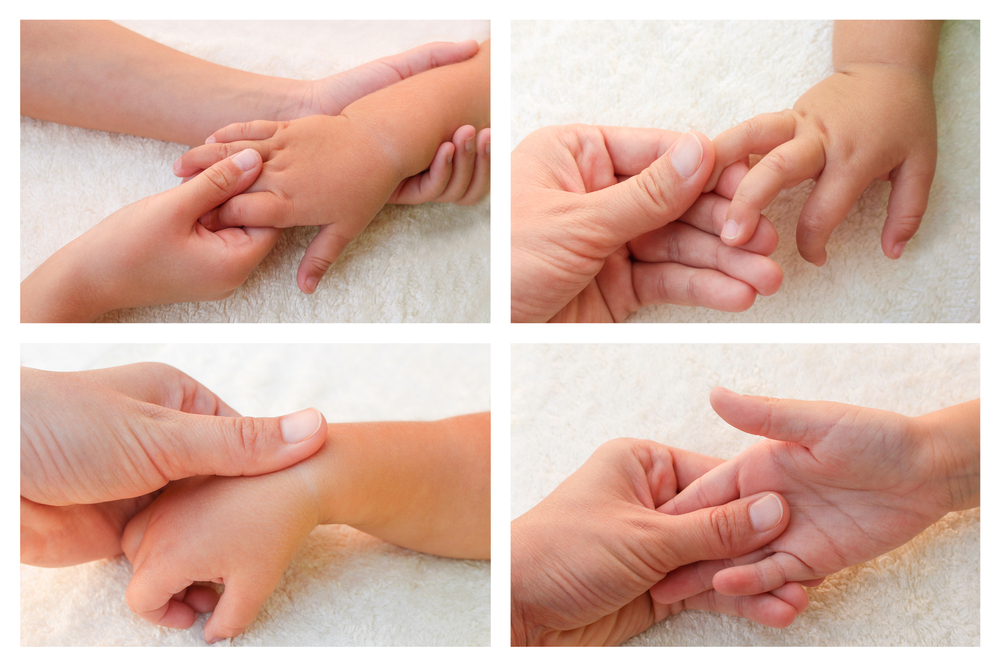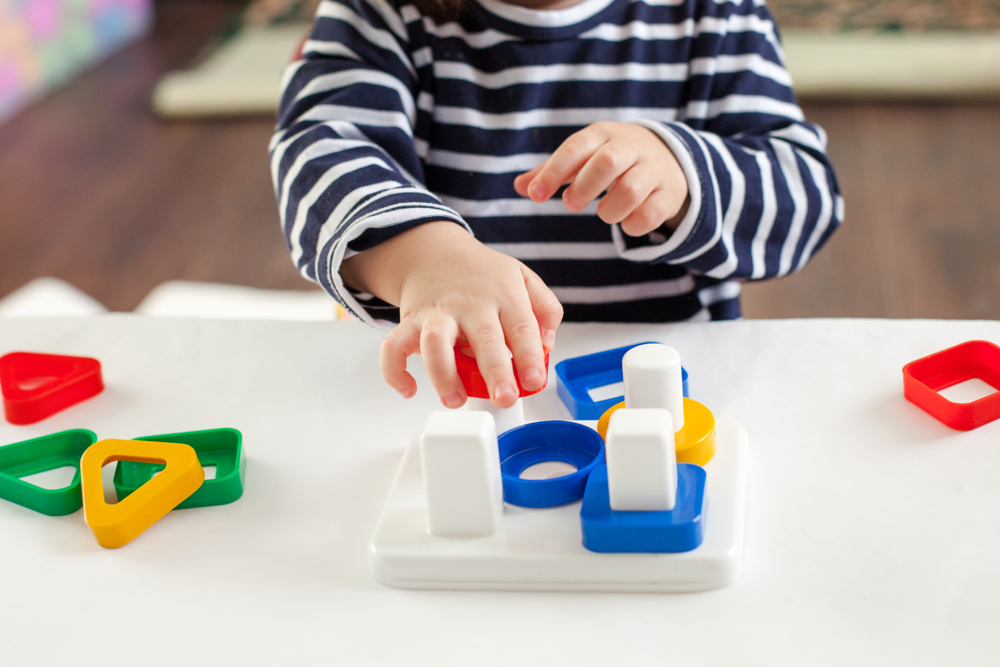Improve handwriting Worksheets for Ages 4-7
3 filtered results
-
From - To
Enhance your child's handwriting with our engaging worksheets designed for ages 4-7. At Kids Academy, our expertly crafted exercises help young learners develop fine motor skills, hand-eye coordination, and writing techniques through fun, interactive activities. These worksheets offer a step-by-step approach that builds confidence and mastery, guiding children from tracing lines and shapes to writing letters and words. Perfect for both parents and educators, our resources are tailored to support early writing education in an enjoyable and supportive manner. Help your child write with ease and accuracy while fostering a love for learning with our Improve Handwriting Worksheets.
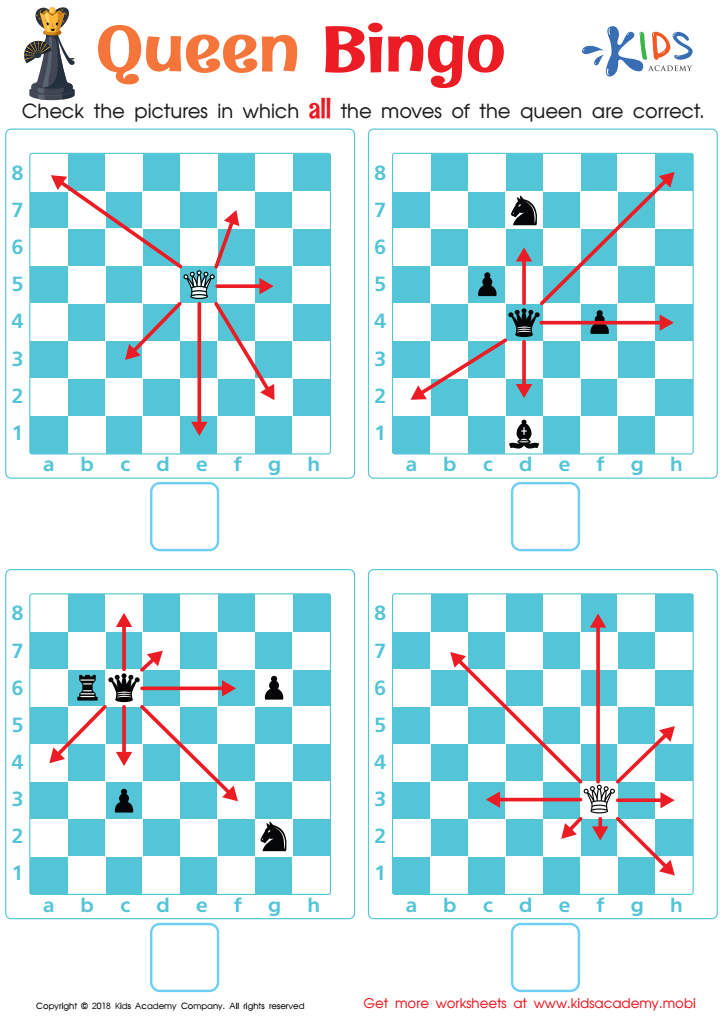

Queen Bingo Worksheet
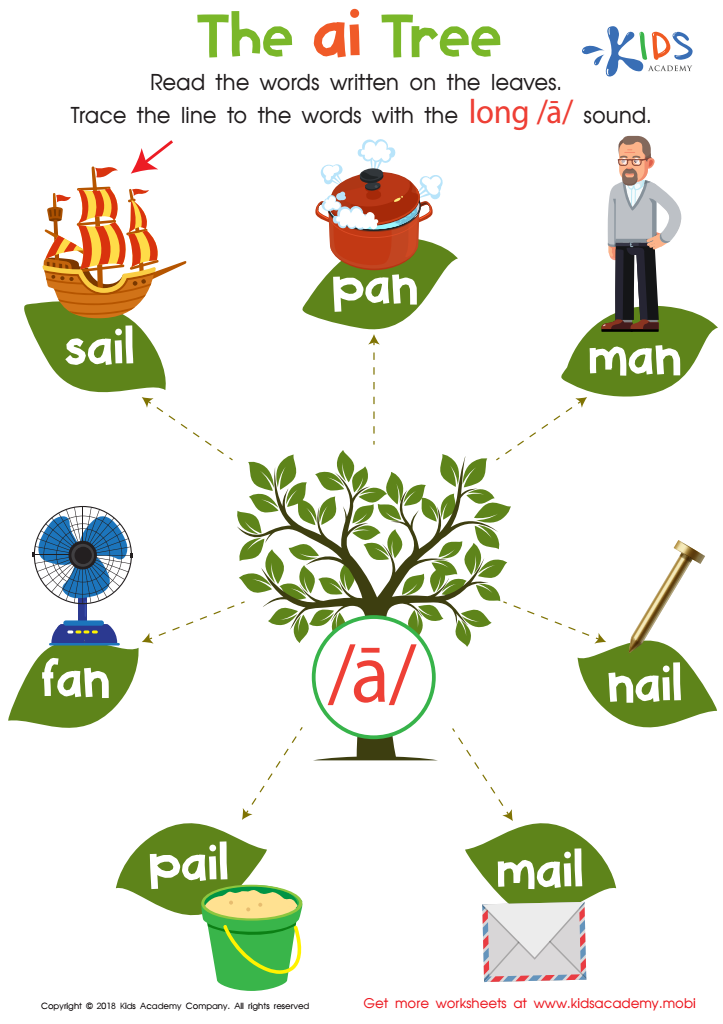

The AI Tree Worksheet
Improving handwriting for children ages 4-7 is essential for several reasons that directly impact their academic and personal development. Firstly, strong handwriting skills foster fine motor development. At this age, fine motor skills are crucial, not only for writing but also for other daily activities like buttoning clothes and using utensils. Fine motor coordination enhances the child's ability to perform these tasks independently.
Secondly, good handwriting lays a foundation for effective communication. When children learn to form letters correctly, they can express their thoughts more clearly and confidently. This early foundation eases their transition to more complex writing tasks as they advance in school.
Moreover, handwriting practice reinforces learning in other areas. The process of writing letters helps children recognize them, which supports literacy development. Coupled with visual and kinesthetic learning, handwriting strengthens their ability to spell and read.
Additionally, the sense of achievement that comes from mastering handwriting promotes self-esteem and a positive attitude toward learning. When children are praised for neat and legible handwriting, it motivates them to continue improving and taking pride in their work.
Lastly, teachers and parents should understand that handwriting is linked to cognitive development. The act of writing by hand engages different parts of the brain than typing, promoting better memory retention and understanding.
In essence, investing time and effort in improving handwriting during these formative years fosters a comprehensive development path that benefits children academically, cognitively, and emotionally.

 Assign to My Students
Assign to My Students
